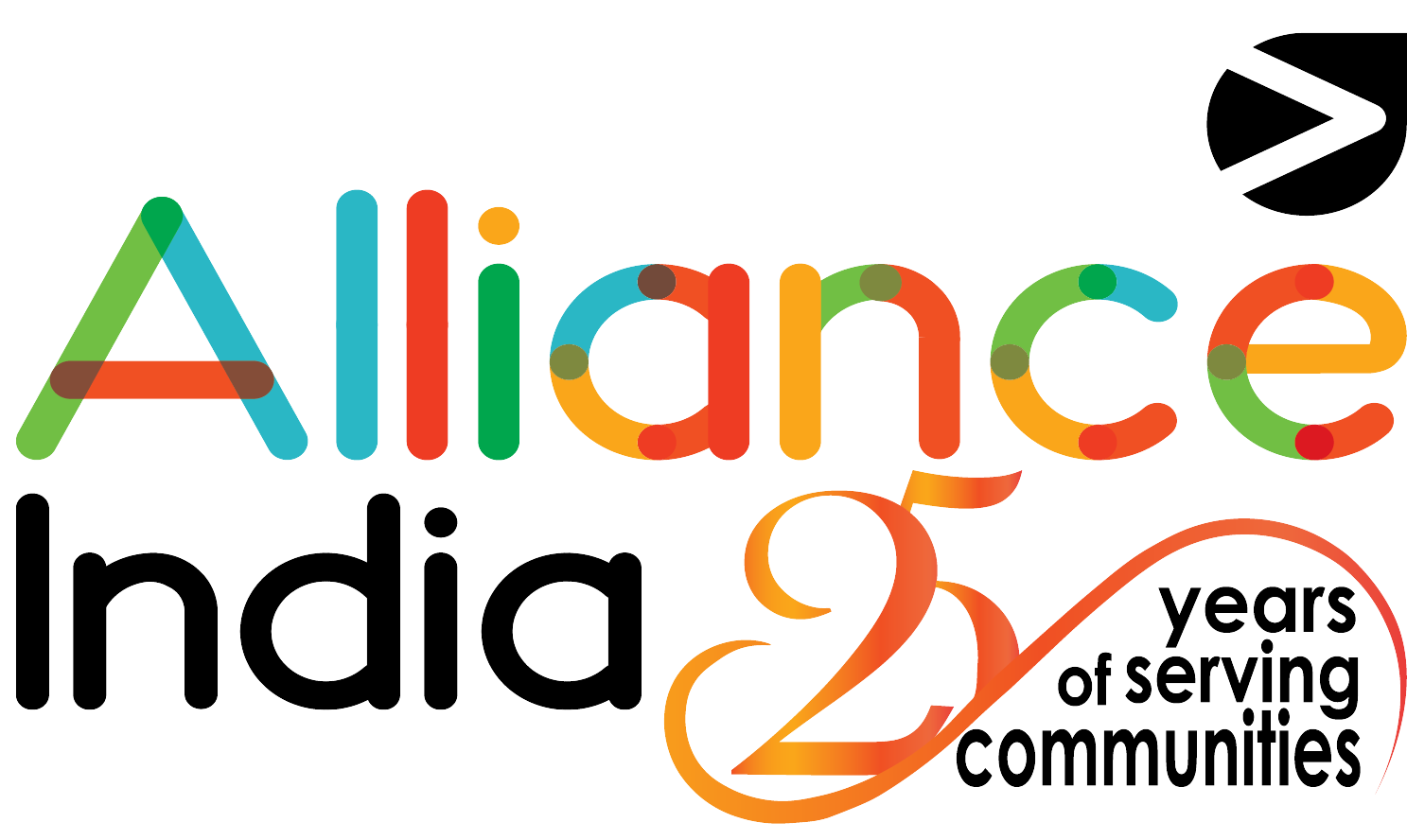Youth Voices: Life with HIV in Contemporary India
Youth Voices: Life with HIV in Contemporary India
India boasts the world’s largest young population, with over 808 million individuals, or 66 percent of the total population, aged below 35. Among them, almost 40 percent fall within the youth category, as defined by the National Youth Policy, encompassing ages 13 to 35. Yet, when we look at the young people living with HIV in India, they account for a significant 20 percent of the total population receiving antiretroviral (ARV) treatment for HIV management.
India has made substantial strides in responding to HIV, especially in preventing new infections and eliminating mother-to-child transmission. Nevertheless, considerable challenges persist, particularly among those who were born with HIV and identified as such during their formative years, from ages 15 to 25. This cohort represents a highly productive segment of the population poised to contribute to the nation’s economic and social development.
When we lend an ear to the voices of young people living with HIV, we hear about their myriad challenges:
Lack of Treatment Literacy: Many face difficulties in understanding their treatment.
Maintaining ARV Treatment Adherence: Sticking to their treatment regimen is a constant battle.
Lack of Resources for Health and Hygiene: Access to proper healthcare and hygiene essentials is a concern.
Worries About Higher Education: Pursuing education while living with HIV can be daunting.
Neglecting Own Health Issues: Some struggle to prioritize their health due to familial responsibilities.
Fear of Disclosure: The fear of revealing their HIV status to family, friends, and others loom large.
These challenges are compounded when young individuals with HIV grapple with co-infections and mental health issues. Many experience depression and anxiety, necessitating robust professional, social, and peer support.
Despite the myriad educational and vocational opportunities available in the 21st century, young people living with HIV encounter pervasive stigma and discrimination in these settings. Alliance India’s Vihaan care and support program, serving young people living with HIV aged 15 to 24, reports disturbingly high instances of violence and harassment, both within families and at the local level. Vulnerability escalates when they lack familial support, experience frequent treatment dropouts, or turn to injectable drugs and subsequently receive oral substitutes and therapies.
Vihaan’s care and support program showcases the effectiveness of peer-led approaches, prompting recommendations for their adoption in various sectors, including healthcare, education, and skill development.
So, what do young people living with HIV need?
Supportive Healthcare Environments: Creating welcoming spaces within healthcare facilities.
Quality Counselling: Offering guidance on education, career planning, and family planning concerns.
Comprehensive Sexual Reproductive Health Education: Providing up-to-date information and helplines.
Inclusive Institutions: Fostering inclusive environments in academic institutions, colleges, and universities.
Workplace Inclusivity: Implementing effective policies in the workplace in line with International Labour Organization standards.
Rapid Grievance Redressal: Establishing mechanisms to address any rights violations faced by PLHIV.
Treatment Support Centers: Introducing community-based drug dispensing facilities equipped with proxy and multi-month dispensing options.
In conclusion, the journey of young people living with HIV in India is fraught with challenges, but by creating enabling environments, providing quality support and education, and fostering inclusivity, we can empower these young individuals to lead fulfilling lives while contributing to the nation’s progress.
- Made by Nicdark - Copyright 2020
- donations@ong.com
- volunteers@ong.com
- contact@ong.com
India HIV/AIDS Alliance (Alliance India)
A not-for-profit Section 8 Company with Registration No: U85310DL1999NPL098570
Contact
-
6, Community Centre
Zamrudpur Kailash Colony Extension
New Delhi – 110048 - +91-11-4536-7700
Download
©2021 All Rights Reserved by Alliance India


